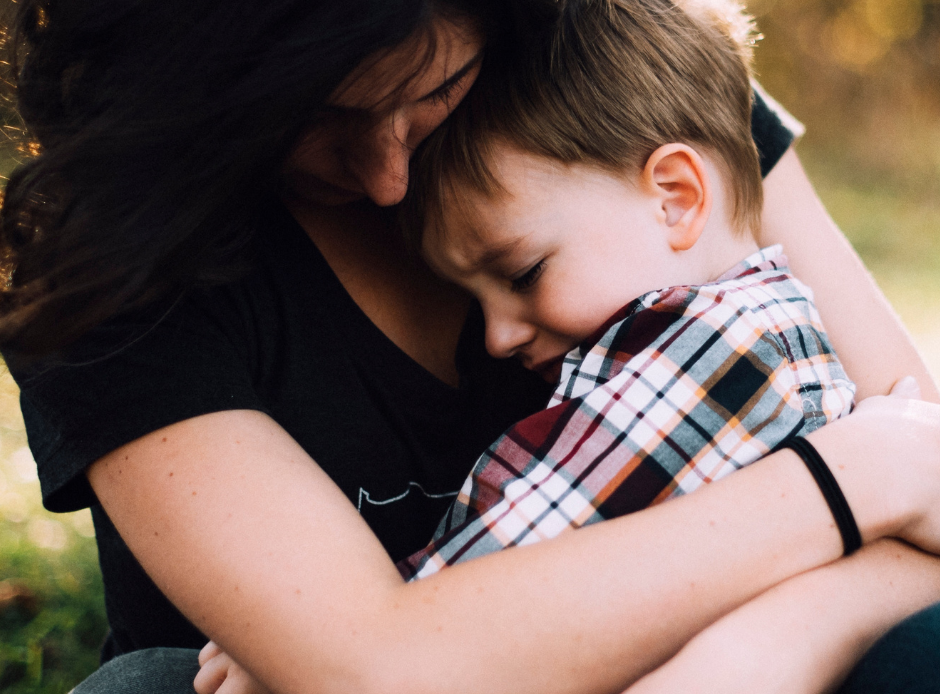
Anxiety is a common experience for children and can be accompanied by a range of symptoms. While anxiety may seem like a complex emotion to manage, there are ways to help your child cope. This article will outline some strategies to help you and your child cope with anxiety. We will also provide tips for talking to your child about their anxiety. By being understanding and supportive, you can help your child feel safe and empowered to manage their anxiety.
Anxiety is a feeling of worry, apprehension, or fear that can be mild to severe. All children are likely to experience anxiety at some point in their lives, but if it becomes chronic it can interfere with their daily functioning.
Do’s and Don’ts to help your child cope with anxiety
As parents, it is difficult to watch our kids struggling with anxiety. We feel like we need to protect our kids from their fears, but we can make their anxiety worse in doing so.
DON’Ts
Don’t try to eliminate anxiety
No parent wants to see their child unhappy, but the best way to assist children overcome anxiety is not to attempt to eliminate the stressors that cause it. Instead, it’s to teach them how to manage their anxiety and perform as well as they can, even when they’re nervous. Resultantly, the worry will decrease in time.
Don’t avoid things that make your child anxious
Having children avoid the things they are afraid of may make them feel better in the short term, but it reinforces the anxiety over the long run. For example, your child is in an unpleasant situation and gets upset and starts to cry; if you scoop your child out of the situation or remove the thing they’re afraid of, your child will not learn an appropriate coping mechanism. And that cycle has the potential to repeat itself.
Don’t empower the anxious feeling
It’s important to understand that validation doesn’t always mean agreement. So, if a child is afraid of going to the doctor because they’re due for a vaccine, you don’t want to belittle those fears, but you also don’t want to amplify them. Instead, you want to listen and be empathetic, help them understand what they’re anxious about, and encourage them to face their fears. The message you want to send is, “I know you’re scared, and that’s okay, and I’m here, and I’m going to help you get through this.”
Don’t ask leading questions.
Encourage your child to talk about their feelings, but try not to ask leading questions— “Are you anxious about the big test? Are you worried about the science fair?” Instead, to avoid feeding the cycle of anxiety, ask open-ended questions: “How are you feeling about the science fair?”
Don’t make promises you can’t keep
You can’t promise a child that their fears are unfounded —that they won’t fail a test, that they’ll have fun horse riding, or that another child won’t laugh at them at a party. But you can express confidence that they’re going to be okay, that they will be able to manage it. You can also let them know that as they confront their worries, the level of anxiety will lessen over time. This gives your child the confidence that your expectations are reasonable and that you won’t ask them to do something beyond their capabilities.
Dos
Watch your body language
Be careful with your body language. For example, your child has had a negative experience with the neighbour’s dog. Next time you and your child are around a dog, you might feel anxious about how your child will respond. Even if you don’t express anything, your body language may reveal your worries and give your child the impression that they should be frightened of it.
Encourage your child to tolerate their anxiety
Let your child know that you value the effort it takes to endure anxiety. Encouraging your child to engage in life and let the anxiety take its natural course. This process is called the “habituation curve.” It means that the anxiety will drop over time as the child faces the stressor. The anxiety might not drop to zero, or it might not drop as quickly as you would like, but it is only by facing our fear that it can be overcome.
Keep the anticipatory period short
When we’re afraid of something, the most challenging time is before we do it. By reducing the anticipatory period, we avoid the child becoming anxious about it for an extended period. For example, if a child is worried about going to the dentist, you don’t want to start talking about it hours before you go. Try to shorten that period to a minimum.
Talk through worse case scenarios with the child
Sometimes it helps to talk through what would happen if a child’s fear came true. For example, a child anxious about separating from their parents may worry about what would happen if a parent didn’t come to pick them up. Discuss with the child what could happen in the worst-case scenario. Ask your child: “If mom doesn’t come at the end of soccer practice, what would you do?” “Well, I would tell the coach my mom’s not here.” “And what do you think the coach would do?” “He would call my mom. Or he would wait with me.”
Go through each possible scenario with your child and role-play effective responses to cope with the situation. If your child cannot come up with solutions of their own, you can give them options and ask them to choose.
Model healthy ways of handling anxiety
By allowing your children to observe how you cope with anxiety, you may assist them in managing it. For example, your child will notice if you keep complaining that you can’t handle the stress or anxiety. Children need to hear or witness you deal with stress and worry reasonably, accept it, and feel good about getting through it.
Our Superpower Kids Thinking Trap printable will help you to explore your child’s unhelpful thoughts.
Related Articles
COVID-19 Restrictions Are Easing – Why is My Child Feeling Anxious?




